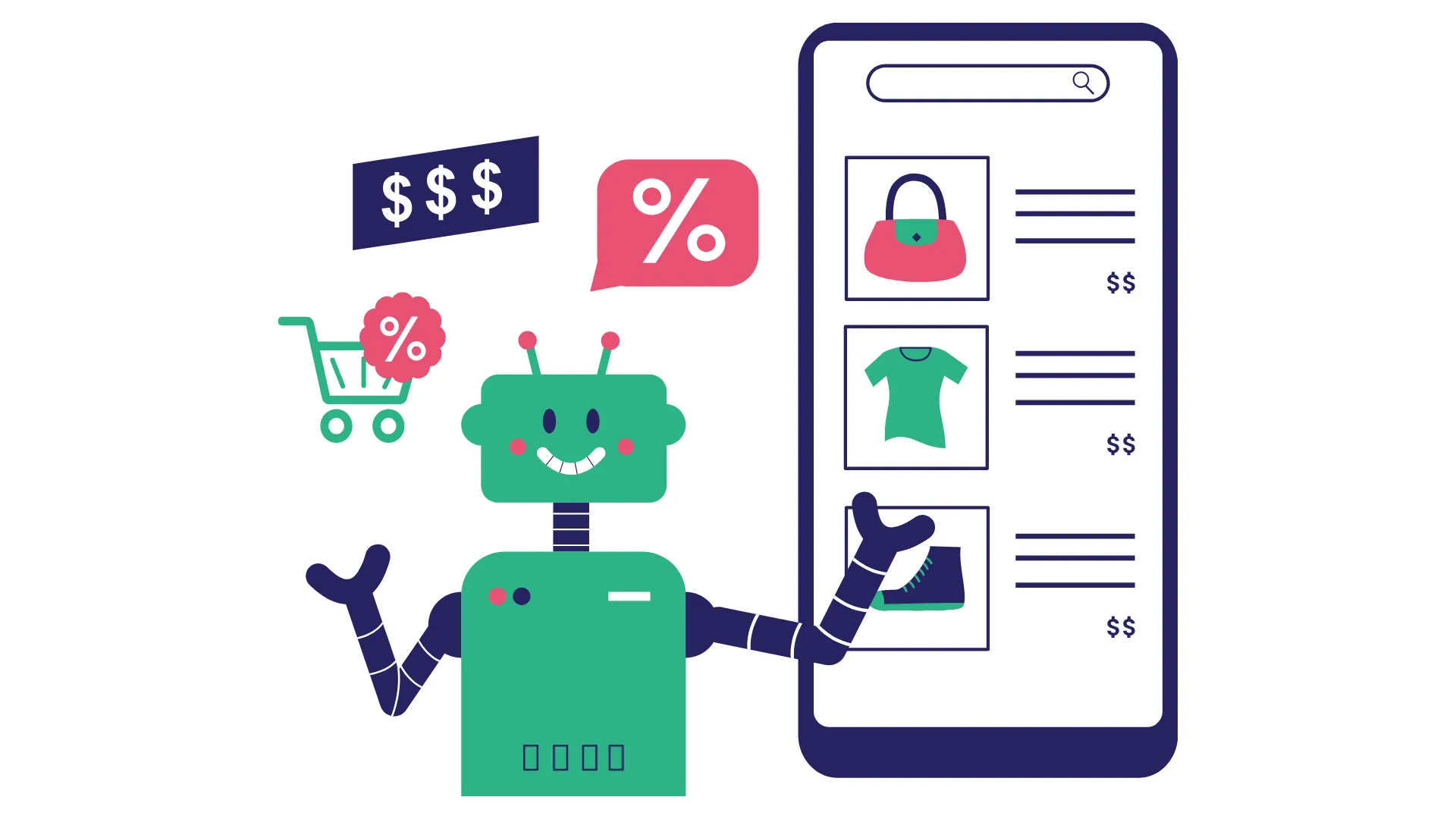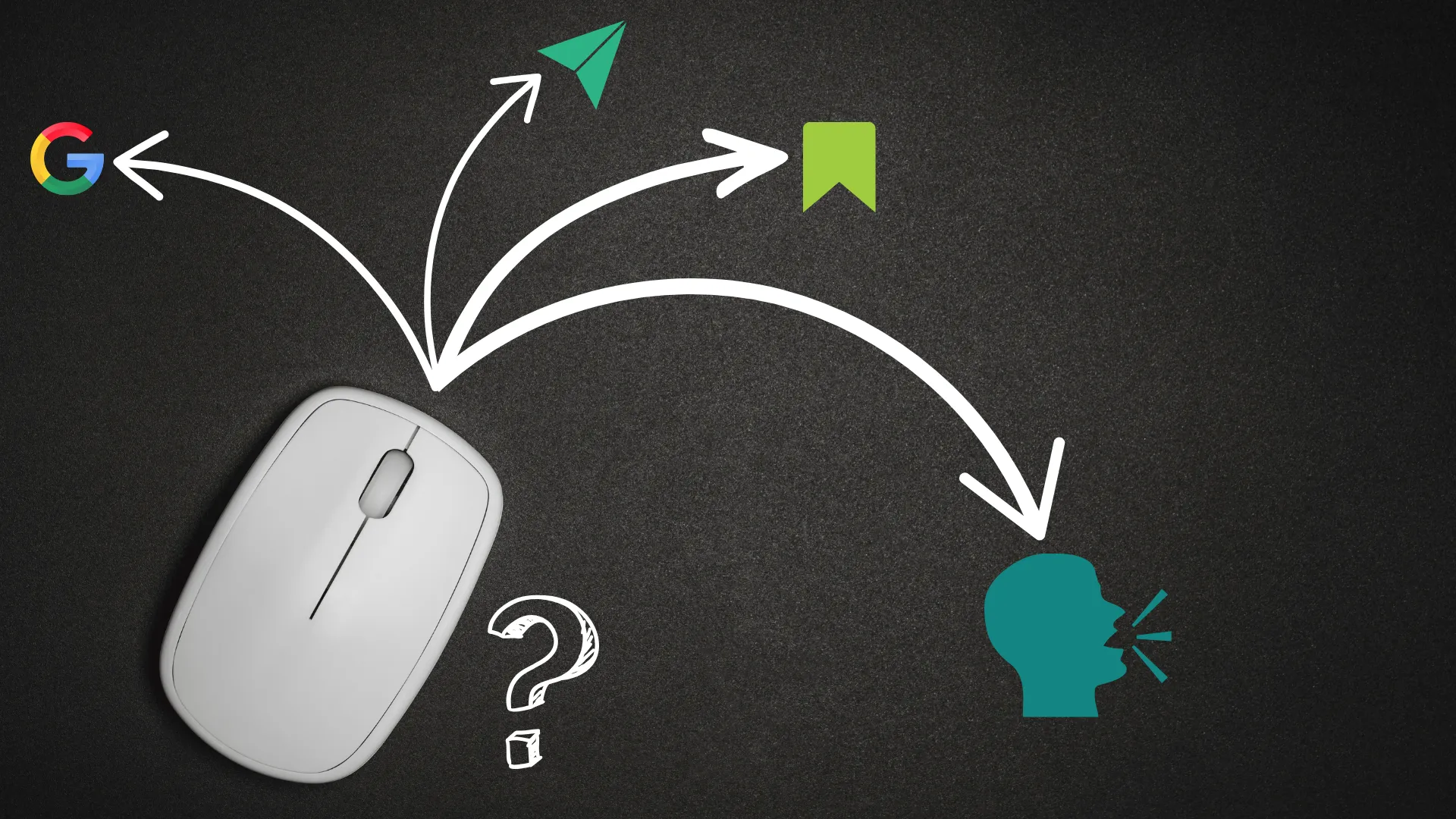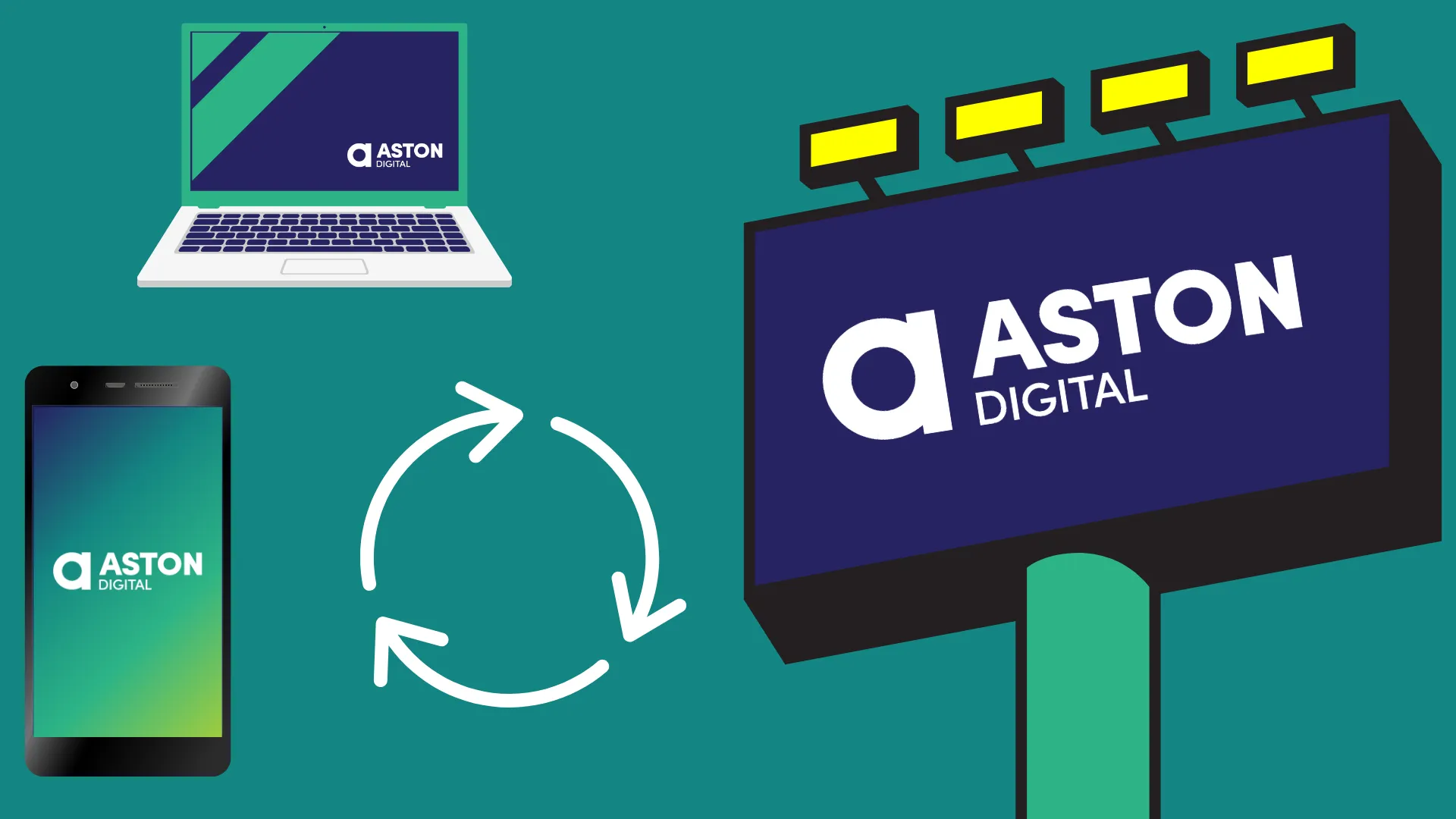The results from our Audience Intelligence Reports for Q2 have incited some interesting conversations amongst our team. For those of you who don’t know, our quarterly Audience Intelligence Report provides an overview of exactly who is engaging with our clients across their social media channels and websites. We use this data to help tailor the content and messages that we post on each channel more appropriately.
Check out a sample of our Audience Intelligence Report here.
What did we uncover this quarter?
1. Instagram engagement from 18-24 year olds has slowed down
Looking at follower distribution by age, 18-24 year olds now only make up 10% of followers on each of our clients’ Instagram accounts. Instagram was once flooded with young adults, so what’s changed?
The Emergence of TikTok
Gen Z has embraced TikTok’s unique blend of short-form video content, creative tools and viral challenges turning it into the cultural phenomenon it is today. The platform’s rapid growth reflects Gen Z’s preference for visual and interactive content, reshaping how we use social media. TikTok is closing in on 1.8 billion users by the end of this year with 44.7% of those users aged 13-27.

How Gen Z Consumes Media
Remember when you used to gather as a family in front of the TV each night and watch a show or movie together? Most Gen Z’s probably won’t. The way Gen Z consumes media is very different to the traditional formats older generations have been used to. Social media has become Gen Z’s source of entertainment and media consumption. A number of Gen Zers will even watch TV shows on TikTok or YouTube.
Following Habits Have Changed
Gen Z still makes up over 50% of Instagram users so they’re still on the platform, but their user habits are changing. Instagram is becoming more of a source of entertainment rather than inspiration to keep up with its main competitor in TikTok.
Gen Zers will watch and engage with your content, but they’re loyalty to follow isn’t as strong. They like to feel connected to people rather than brands. They are also incredibly brand conscious, wanting to associate themselves with brands that share their values.
2. Users are most active in the mornings and late evenings
It seems like an obvious one, but it’s important to keep on top of it in case it does change. Across all platforms – Facebook, Instagram, LinkedIn, etc. – we’ve found our clients’ users are most active at the start of the day (i.e. before work or school) and when they are winding down at the end of the day.

3. Feed placements are still just as important as Reels for Meta video ads
Even with the rise of Reels engagement across Meta, the Feed is still the most used ad placement for video content. What does this tell us? It’s important to have the right video specifications for all video placement types.
For example, a video in the vertical 9:16 ratio (Reels and Stories) will get cut off in the Feed placement because it is too long.

The optimal ratio for the Feed placement is currently 1:1 or 4:5. For a full list of specs for all social media placements, check out this up-to-date guide.
Looking to take your digital marketing reports to the next level? Find out how Aston Digital can support your Marketing Team. Let’s talk!

Google has started rolling out its brand-new AI Mode in countries like the United States, India, Canada and even New Zealand - but not yet in Australia. [...]

For years, Search Engine Optimisation (SEO) was the golden rule of digital marketing. Optimise keywords. Earn backlinks. Climb the rankings. But the way people find answers is [...]

A billion searches were made on ChatGPT last week alone. Now, OpenAI is turning those queries into a powerful new retail experience. ChatGPT recently launched its AI [...]

Google’s AI Overviews are reshaping search by pulling answers from the places people are actually talking: Reddit, YouTube, Quora and other community-driven platforms. According to new data [...]

Google has started rolling out its brand-new AI Mode in countries like the United States, India, Canada and even New Zealand - but not yet in Australia. [...]

For years, Search Engine Optimisation (SEO) was the golden rule of digital marketing. Optimise keywords. Earn backlinks. Climb the rankings. But the way people find answers is [...]

When you see a paid ad, nine times out of ten, you're probably not clicking on it. Instead, you'll likely hop over to Google, search the brand [...]

In digital advertising, audience targeting has always been both an art and a science. But what if the science just got smarter - a lot smarter? We’ve [...]

With attention spans getting shorter and competition fiercer, brands are constantly searching for that magic formula to stand out. But the answer isn’t always a bold campaign [...]

A billion searches were made on ChatGPT last week alone. Now, OpenAI is turning those queries into a powerful new retail experience. ChatGPT recently launched its AI [...]

Google’s AI Overviews are reshaping search by pulling answers from the places people are actually talking: Reddit, YouTube, Quora and other community-driven platforms. According to new data [...]

We recently posted a simple promotion on a client’s social media account. It was about a niche product - nothing flashy, not designed to go viral, just [...]

Starting July 10, 2025, public posts from professional Instagram accounts will start appearing in Google search results. That means your photos, Reels and videos could soon show [...]

One of the most common concerns we hear from clients is: “I feel like we’re repeating ourselves too much.” They worry that saying the same message more [...]

